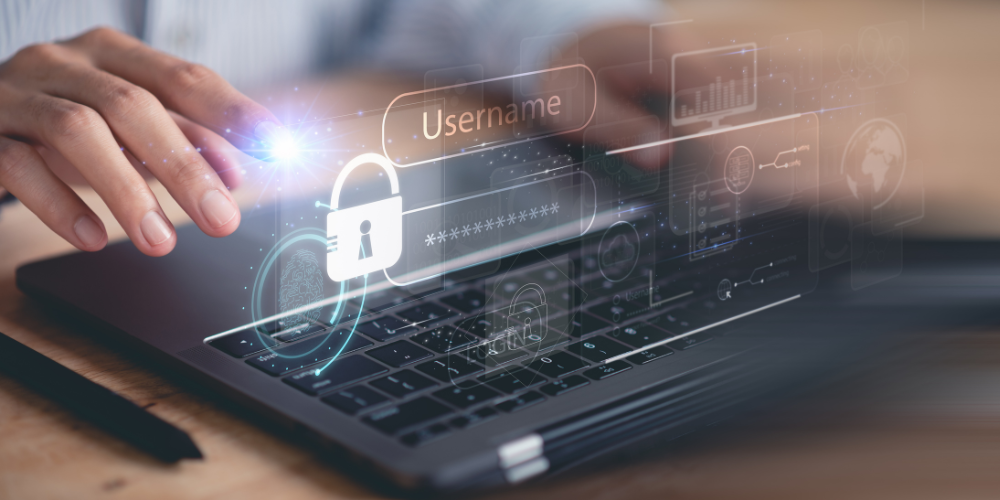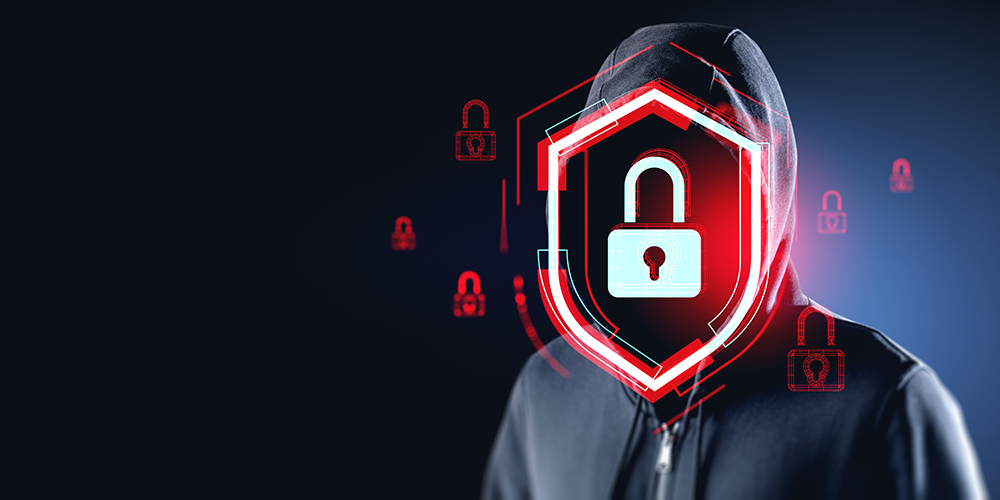
Jul 16, 2024 | SMB Technology, SMB Technology, SMB Technology, SMB Technology, Technology News
In 2020, the way people worked changed, likely for good. Instead of being in the office most of the time, employees worked at home. Although some workers have come back to the office, hybrid work is here to stay. Secure Access Service Edge (SASE), pronounced “sassy”) is ideal for hybrid work, with its cloud-native architecture, centralized access policies and support of access based on device identity. Read on to learn more about this architecture and what it can bring to hybrid offices. Benefits of SASE for Hybrid Work The cloud-native architecture of Secure Address Service Edge can combine the flexibility and scalability of cloud with the connectivity of Software-Defined Wide Area Networks (SD-WAN). Add to this centralized access policies based on user device identity. Data does not need to travel from one source to the data center, and back again–lessening the chances of it being lost or intercepted in transit. Access is verified at specific endpoints when a user logs in, and data can travel along SD-WAN pathways to these endpoints, once verification occurs. SASE can address the needs of hybrid offices for security and connectivity. Key components of SASE include: Secure Web Gateway: a cloud-based proxy that enforces standards for communication applications like Microsoft Teams, which are frequently used by hybrid offices. Firewall as a Service (FWaaS): Cloud-based firewall that provides a standard security experience and eliminates the need for an on-premises firewall. Cloud-Access Security Broker: Extends rules and policies to software and infrastructure not owned by your company. Zero-Trust Network Access (ZTNA): Anytime a user or device (such as a...

Jul 9, 2024 | SMB Technology, SMB Technology, SMB Technology, SMB Technology, Technology News
What will your company do with artificial intelligence, now that it’s a key technological trend? Artificial intelligence (AI, for short) holds the potential to revolutionize how your business meets its goals. Fueled by the natural language model of generative AI, automation of processes, data analysis, and streamlining tasks have all helped businesses work more efficiently. Read on to learn more about specific use cases for different aspects of your business. Multiple Use Cases for Artificial Intelligence With AI working behind the scenes to automate tasks, and the release of ChatGPT in the fall of 2022, new capabilities and use cases have opened up–content generation, development of artwork, and other creative applications are available. Microsoft also entered the picture by integrating Co Pilot with their popular office productivity suite in early 2023. Use cases are plentiful for C-level staff, operations, sales and marketing, human resources and more. C-Level Executives: More business data is generated daily, and harnessing it can be overwhelming. Artificial intelligence can analyze data and distill insights from it in a way that mere human effort cannot match. Market trends, customer behavior, and financial metrics can all be derived from the vast amounts of data a business generates, as well as internet content. Moreover, they might get ideas for ways other departments can use AI. Financial: Finance Departments can use AI for document search and synthesis, enabling them to understand contract information and regulatory filings. Artificial intelligence can also analyze and synthesize transactional data, identifying anomalies that might indicate possible fraud. Automated bots can perform mundane data entry and reconciliation tasks. Financial analysts realize...

Jun 14, 2024 | SMB Technology, SMB Technology, SMB Technology, SMB Technology, Technology News
With malware attacks escalating in number and severity, what can small and medium-sized businesses do to protect their networks without breaking the bank? Read on to learn more about using managed detection and response (MDR) to help detect and mitigate threats to your cybersecurity. The Need for Managed Detection and Response Leading global technology market analysts, Canalys, shared in a LinkedIn post, ransomware attacks are increasing each year. Between the first four months in 2023, and the same period in 2024, publicly disclosed attacks increased by 96%. Between 2022 and 2023, the attacks increased by 68%. These attacks are just the ones that are publicly disclosed ones. What about attacks on small to medium-sized businesses and not been reported? And what can smaller businesses do if they don’t have the time and resources to constantly be monitoring their networks? What is MDR and How Does it Work? Enter Managed Detection and Response, or MDR. This option “relies on an external third-party to monitor a company’s IT systems and respond to threats in real time.” Unlike traditional cybersecurity deployments, it is fully managed and delivered by an external provider. MDR is also sometimes called “cybersecurity as a service.” Cybersecurity can be challenging for SMBs especially, as it can require time and effort on the part of the company and even then not all threats can be dealt with. But with the 24/7 monitoring provided by MDR, companies can focus on meeting business goals. Managed Detection and Response combines cybersecurity software, threat intelligence and human (or machine learning powered) intelligence to detect threats to the network,...

Jun 7, 2024 | SMB Technology, SMB Technology, SMB Technology, SMB Technology, Technology News
We are entering the seasons of storms (including hurricanes and tornadoes), wildfires and other possible disasters. Even a power outage of short duration can affect your business. What if you ship orders because of an interruption in your order processing service, for example? Or what about a bigger disaster, that takes your business out of operation for days or weeks? Read on to learn more about the importance of disaster preparedness for keeping your business running. What a Disaster Recovery Plan is and Why You Need One Having a plan does seem obvious, doesn’t it? Yet many companies may not have one in place. A definition of a DRP is a structured document describing how your company can resolve data loss and get back to functionality during and after a disaster. Even a brief power outage that may seem like just an inconvenience can strongly impact your business. Downtime can be costly to your bottom line and to your reputation. Advantages of Having a Plan A key benefit is knowing what to do when a disaster happens, and swinging into action immediately. What’s more, a plan will give you confidence, and give others like workers and customers confidence in you. Customers will know that you’re keeping their data safe from loss or compromise, because you’ve backed up that data. You’ll know how much to budget for recovery from disaster, and which systems need to be back up and running. Getting Started: Planning and Documentation A conversation gets the ball rolling. Discussing what might happen in the event of a disaster, and what mission-critical systems...

May 13, 2024 | SMB Technology, SMB Technology, SMB Technology, SMB Technology, Technology News
According to an article in the HIPAA Journal, May 2nd was “National Password Day.” You didn’t know there was such a day? National Password Day was declared in 2013 to bring awareness of both the importance of passwords in keeping personal and company data safe, but also about password risks and best practices to mitigate those risks. Read on to learn about the state of thinking about passwords, and how to better manage login credentials. A Brief History of Passwords Even with biometric methods of identification, and single sign-on technology, passwords are still relevant as the most common way to secure personal and business accounts. Passwords were first developed in the 1960s at the Massachusetts Institute of Technology (MIT) to guard accounts against unauthorized access. Incidentally, the first password breach occurred there, too. More recently, a survey of 2400 respondents in the U.S. and other countries revealed some sobering statistics about password practices. Common Password Practices Using the same password for multiple accounts was a common practice, with 84% of respondents admitting to using the same password for multiple accounts. If a hacker can steal the password to just one account, they can easily gain access to others. 54% of respondents relied on memory for passwords, and because of this the passwords can be too short and weak. 36% incorporated personal information (family names or birthdays, for example) in passwords to make remembering easier. 33% used only a password, rather than two- or multi-factor authentication, to access their accounts. Moreover, even when changing passwords, users didn’t change them sufficiently. Instead, they...

May 1, 2024 | SMB Technology, SMB Technology, SMB Technology, SMB Technology, Technology News
Cybersecurity, ever a topic for businesses of all sizes, poses special challenges for small to medium-size businesses. Not only can they be special targets for bad actors, but they also deal with tight budgets and at times a lack of understanding of what cybersecurity means. Read on to learn how a small business can meet cybersecurity challenges and build strong defenses. A number of cybersecurity issues are challenging for smaller businesses, according to a CompTIA article. First, just getting started with a cybersecurity plan can seem like a huge task. And what does cybersecurity mean for your business? What mission-critical data and applications need protection? Once your company has decided on your goals, how will you reach them? Another issue is spending. Often, a small organization’s cybersecurity budget is tight, and the business cannot spend very much on an IT team, or the training to upskill current workers. How much will a third-party solution cost? These and other costs can seem daunting. Knowledge and understanding of the threat landscape is another challenge. Small or medium-size businesses might think that, being small, they are “under the radar” of cybercriminals. However, they are likely to be the victims of a cyberattack. According to the FBI, small businesses comprised the majority of victims in 2021. Even if the bad actors don’t specifically target a small company, they may use the small company to target larger businesses. Often, the criminals are looking to steal data – credit card and bank account information, customer data, even proprietary business information–from anyone they can. One of the challenges is complacency; small companies...







